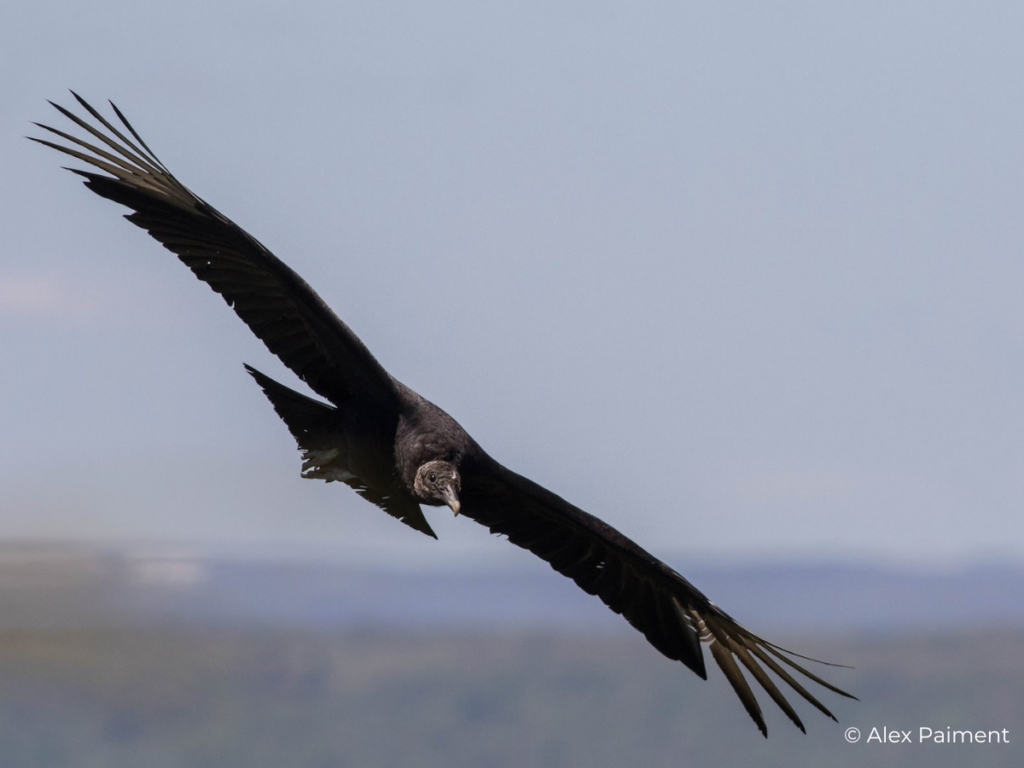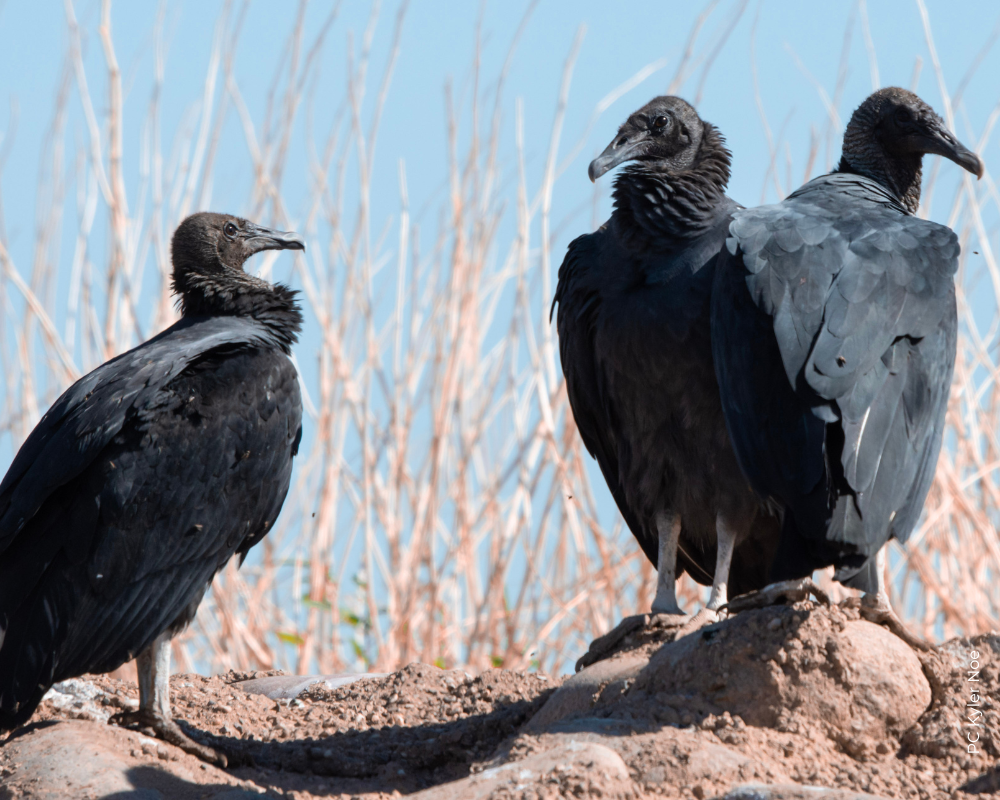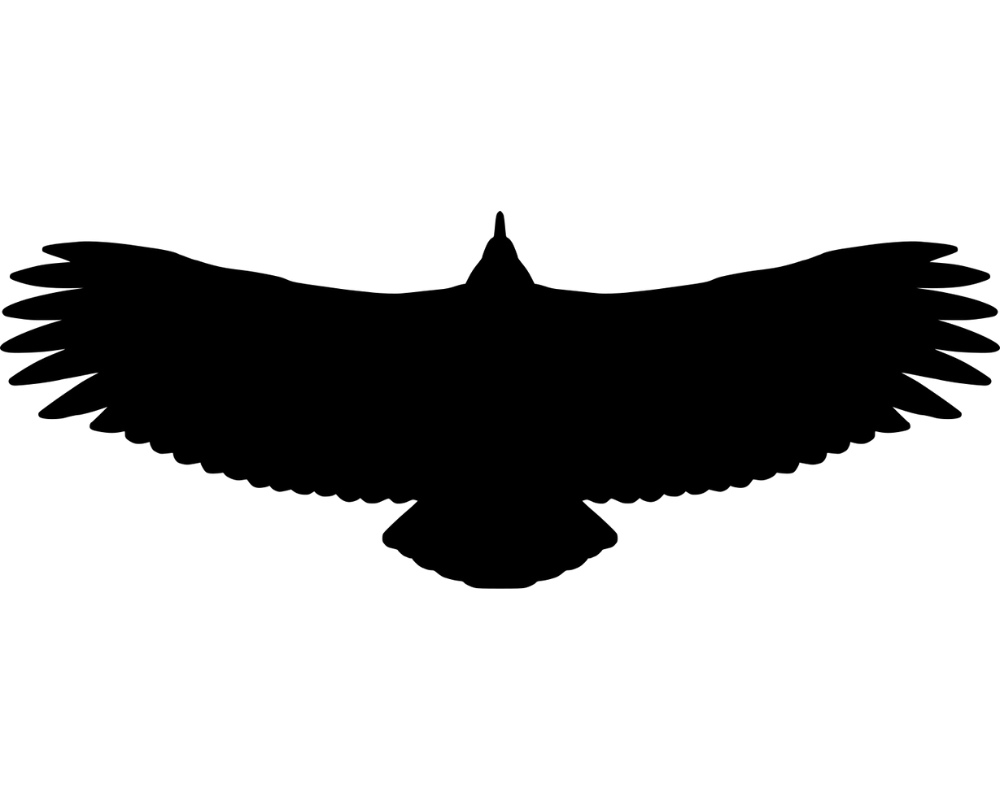Overview
Black Vultures are social, highly gregarious birds often seen in groups with Turkey Vultures year-round where their ranges overlap. They are scavengers but have a weakly developed olfactory system compared with Turkey Vulture, which they partly rely on to smell and find decomposing animals, especially in less open areas. They also roost side by side with Turkey Vultures. Black Vulture is a common breeder across the Southeast west to central Texas, and ranging north to New Jersey and Pennsylvania, but increasing in numbers farther north in recent years. Black Vulture also nests in southern Arizona but is uncommon there. It is rarely outside its mapped range. They are shy and wary birds but are easy to approach in the southeast part of their range. Although smaller than Turkey Vultures, Black Vultures are aggressive and often chase away Turkey Vultures that may be present at a carcass. Black Vulture is often seen eating roadkill and at landfills eating refuse. They nest in the tops of broken tree trunks, in vacant buildings, or on the ground in spots with sufficient overhead cover. Black Vultures are generally silent but occasionally make eerie ‘hissing’ sounds when aggressive, alerted, or approached.




